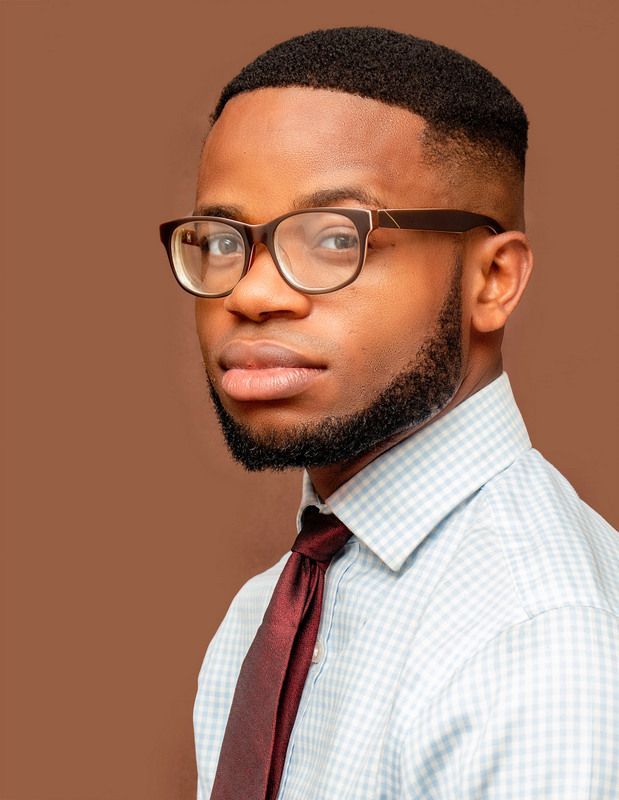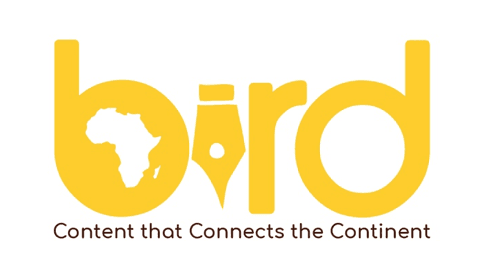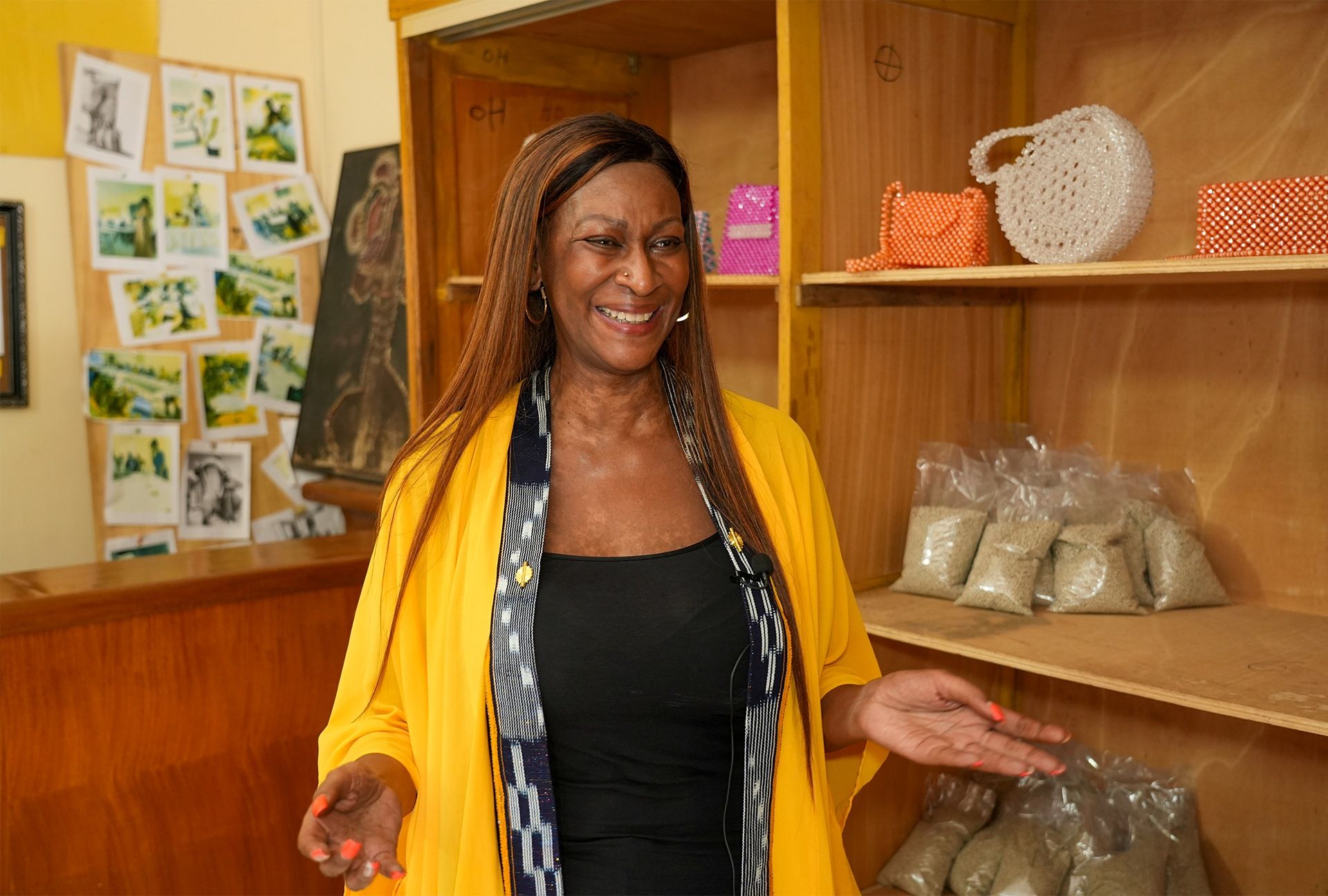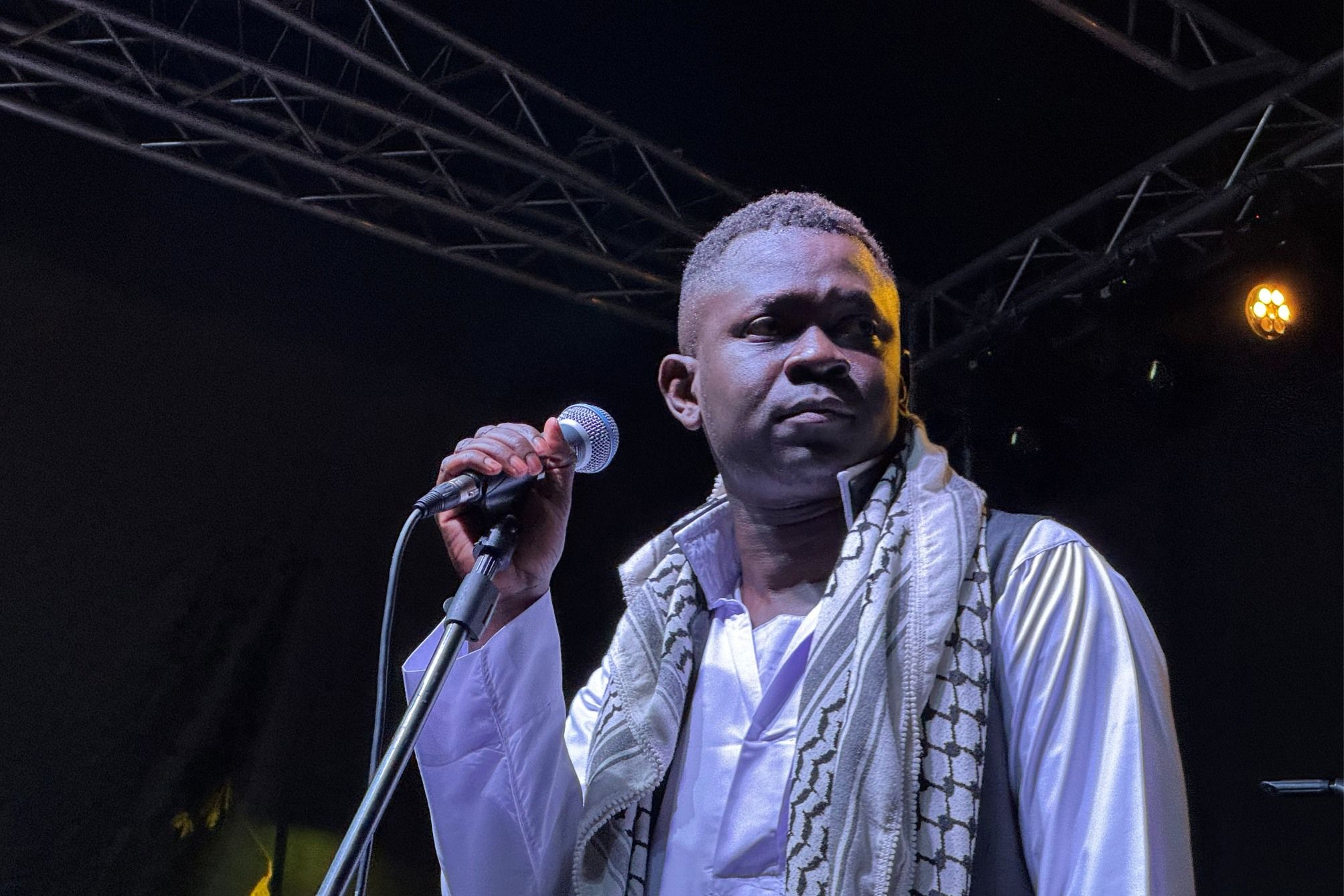This 26-year-old self-taught illustrator is changing narratives with his anatomical illustrations focusing on Black skin.

By Gabriella Opara, bird story agency
When Chidiebere Ibe lost his mother to ovarian cancer at 13, he vowed to acquire medical skills to help him save other people.
After several years of unsuccessfully trying to get into medical school, he settled on studying chemistry at the University of Uyo. Still intent on becoming a doctor, Chidiebere settled on becoming a paediatric neurosurgeon and had even been accepted at Kyiv University, in Ukraine. Then, in the final year of his chemistry degree, COVID-19 struck.
As the pandemic rapidly swept across the world, the crisis forced Ibe to think outside the box. Needing a way to make money as he prepared to enter medical school, Ibe turned to a mentor who suggested combining his love of art and medicine by working as a medical illustrator.
“I met my mentor, Dr Ulrick Sydney Kanmouye, on a Facebook group. After seeing my artwork, he encouraged me to start medical illustrations.”
Before this, Ibe had never imagined that he could combine his passion for art and medicine. When it became clear that COVID-19 lockdowns were becoming a long-term phenomenon, he took advantage of the change of pace to begin illustrating medical conditions and human anatomy.

Starting with a computer mouse and an average laptop, Ibe got to work, learning to draw digitally through YouTube tutorials. Drawing on previous experience in graphic design and as a pen artist, Ibe made his first medical illustration in 2020.
He spent the next year posting numerous medical illustrations to Instagram with Black figures as the main subject. However, he only got recognition in November 2021 when he published his rendition of a Black fetus nestled within its mother’s womb, which went viral.
“Many people said they had never seen medical illustrations of Black people before. A lot of them hadn’t even noticed the gap until they saw my work,” he said.
Ibe had set up a GoFundMe to raise the tuition fees needed to study in Ukraine. He had raised about US$190 in the first couple of months. After his work went viral, he raised more than twice his total tuition fees. Once again, however, forces beyond his control forced a change of direction.
“I was scheduled to resume classes as a medical student at the Kyiv Medical University this year, but the Russian-Ukraine war broke out, so that’s been on hold.
Currently, I’m collaborating with organisations and individuals to ensure that other students like myself are aware of the vast opportunities available to them in medical illustration. I wouldn’t have been doing this if someone hadn’t enlightened me about it,” he explained.
Although self-described as a displaced medical student, Ibe is part of several organisations where he functions as a medical illustrator. These include the International Centre for Genetic Diseases-Harvard Medical School, the Journal of Global Neurosurgery, and the Association of Future African Neurosurgeons.

Ibe has since begun building a team around him and has hosted a TEDx talk, in which he explains the importance of creating an expansive network of medical illustrators. He points out that more African-specific illustrations will increase the rate of proper diagnosis because “observation solves 80 per cent of cases that fancy equipment can’t solve. Visual inspection is key to observation”.
With more efforts directed at creating more representative illustrations, Ibe hopes to collaborate with other Nigerians and Africans to create a niche in the medical field. But he needs all the help he can get.
“We need a lot of resources to guide us through the process. This is why my team and I are constantly on the lookout for collaborations and willing individuals and organisations who want to make changes as much as we do. Changing the narrative has to be a collaborative effort for it to last,” he concluded.
bird story agency




